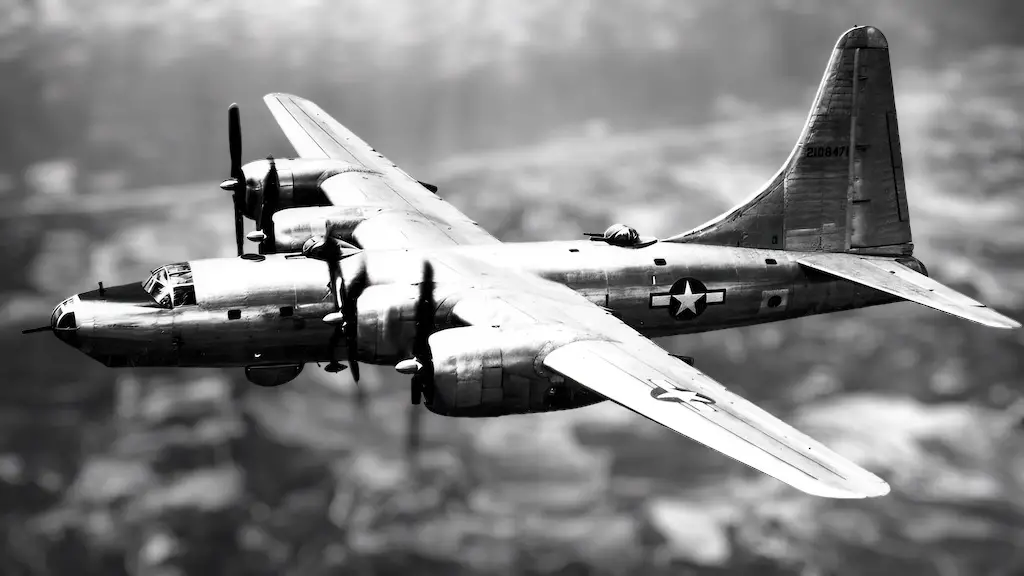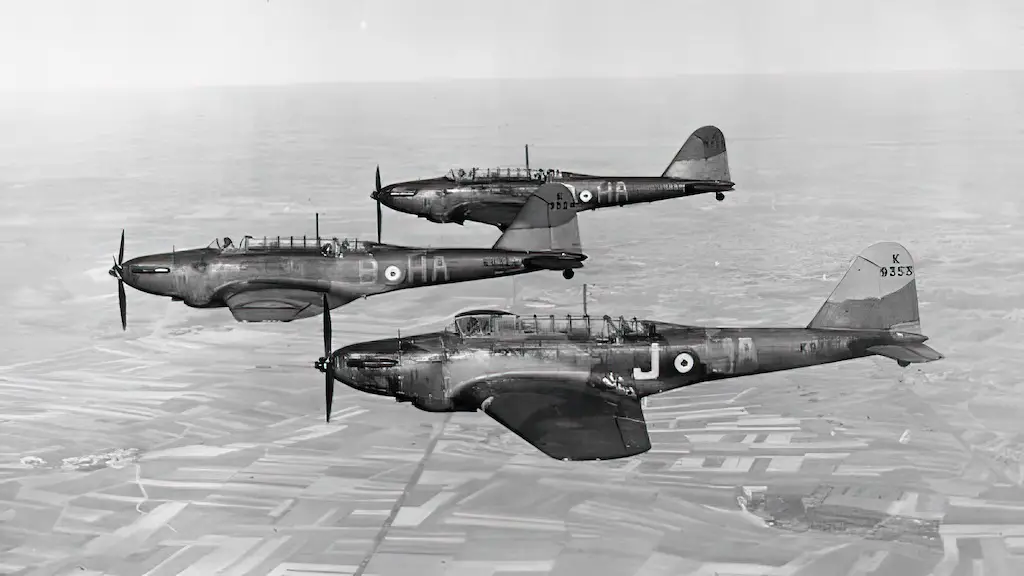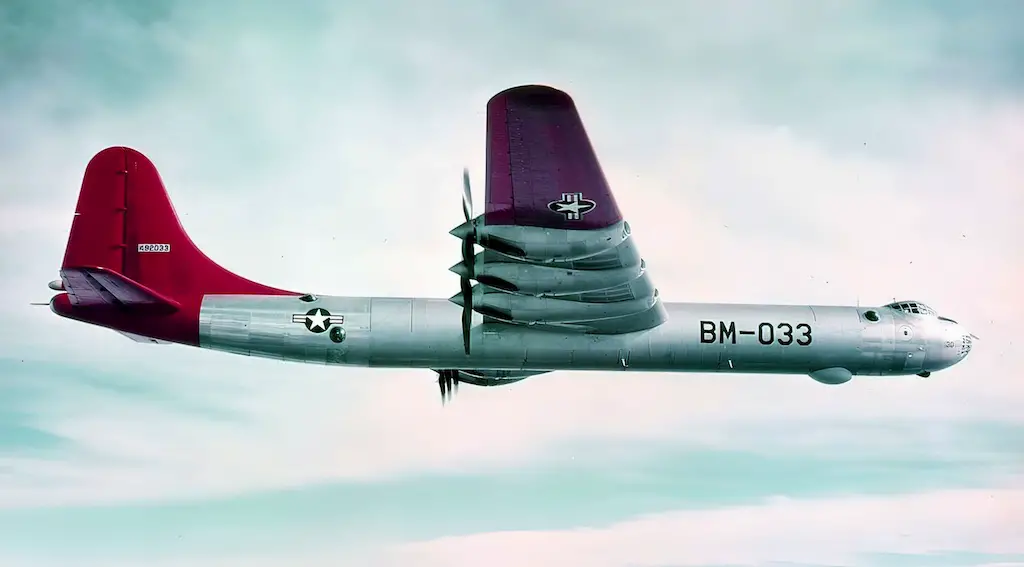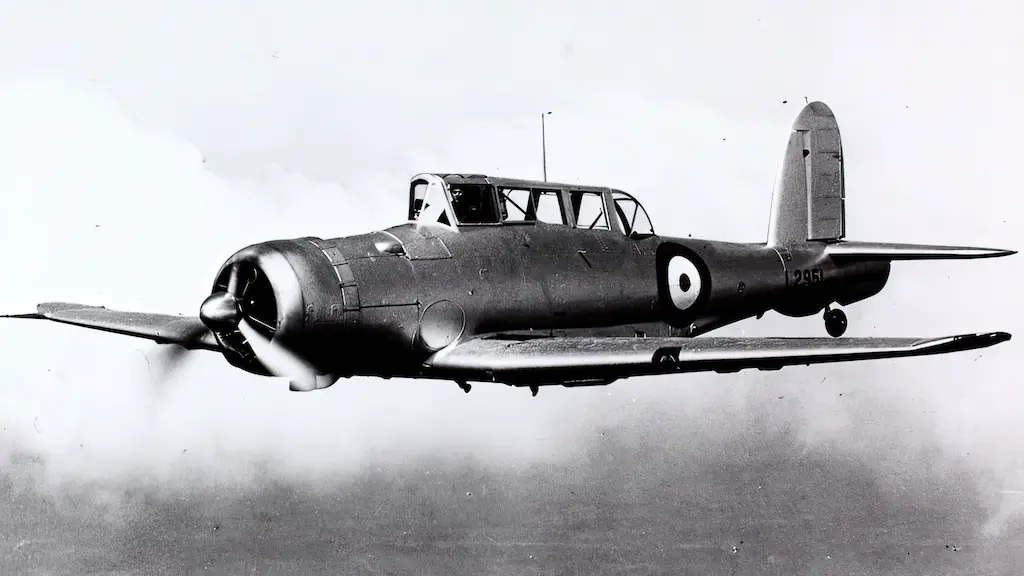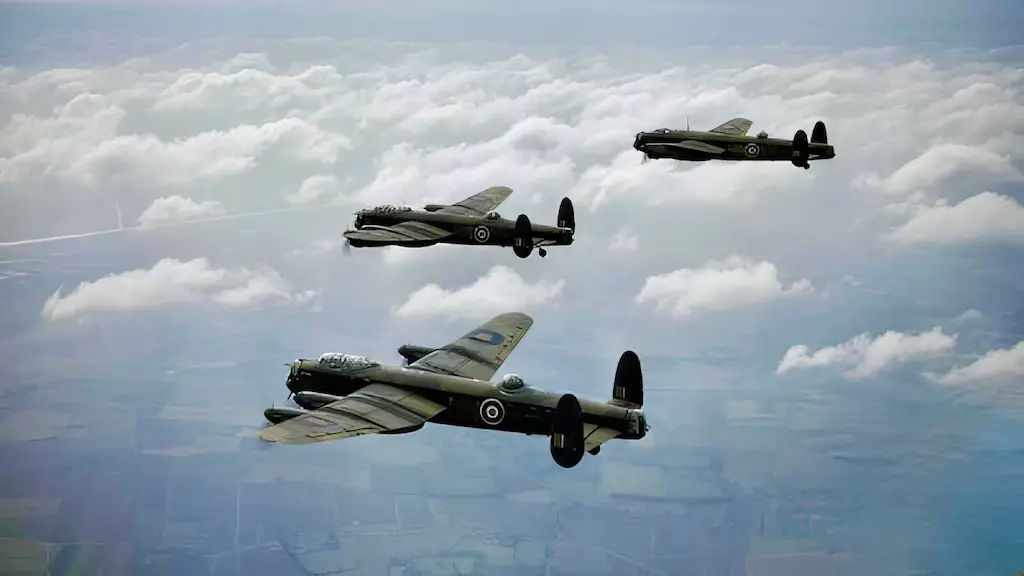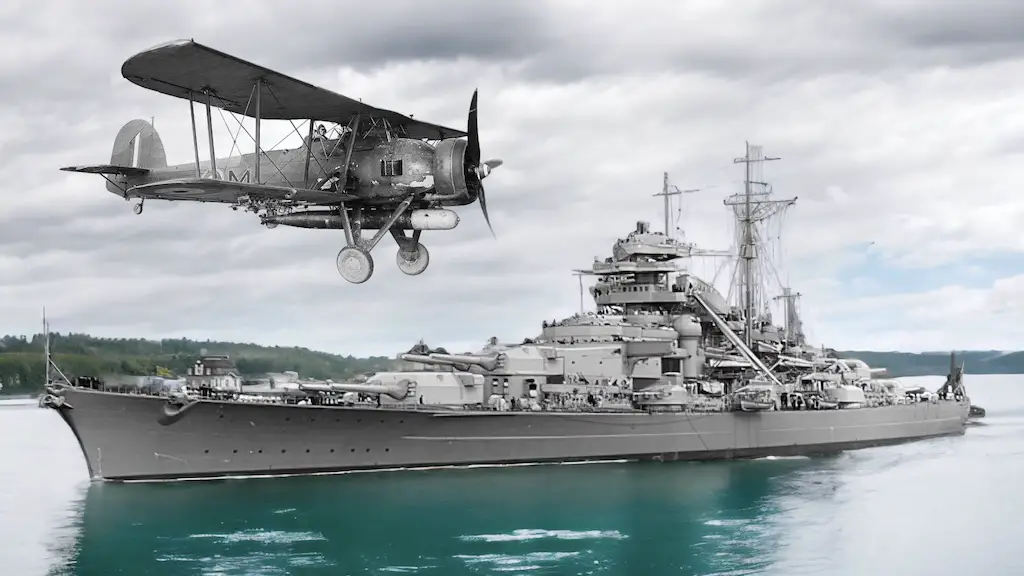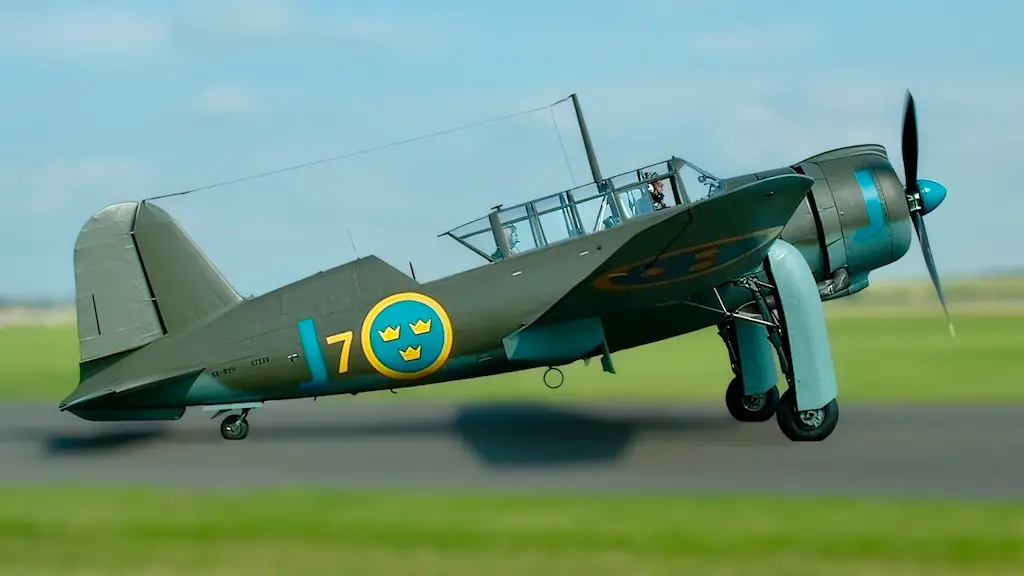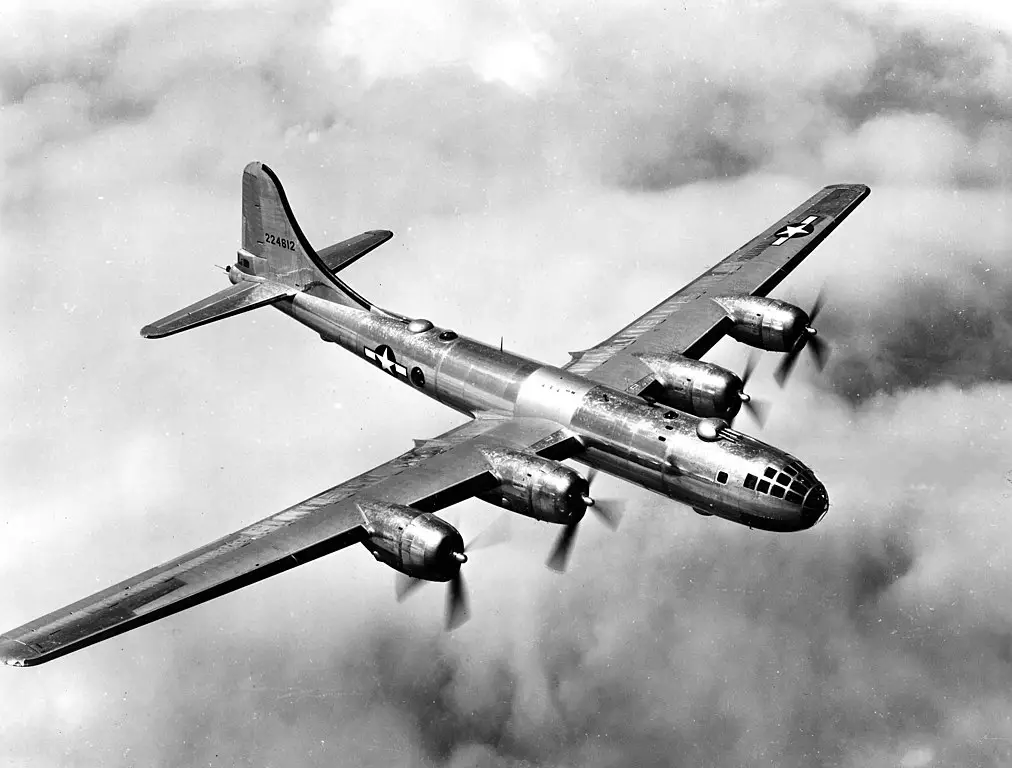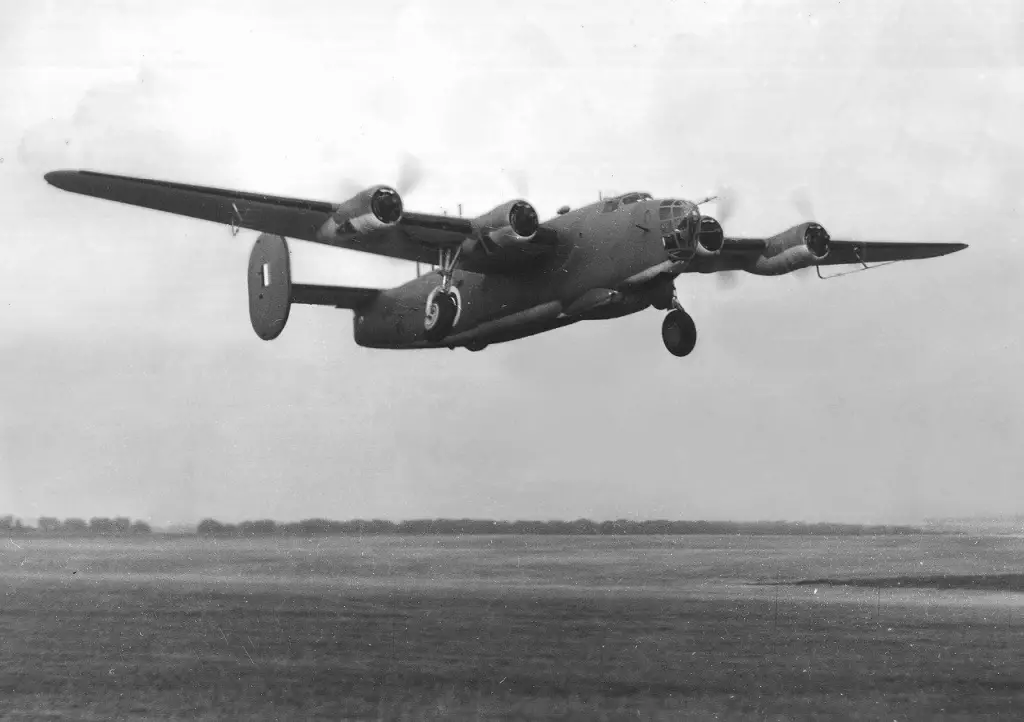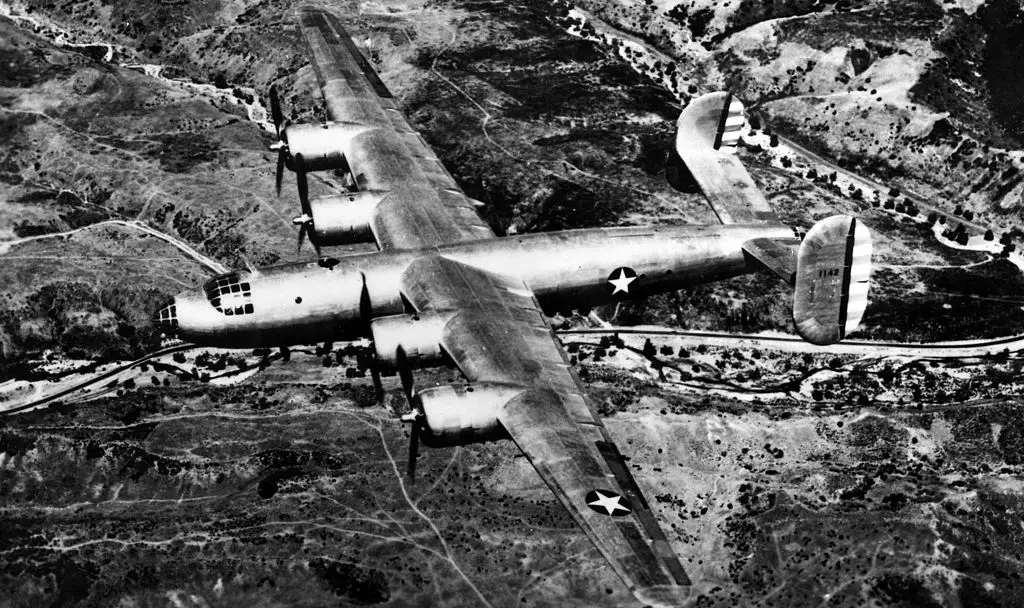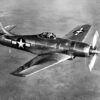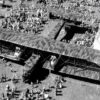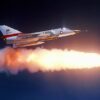The Consolidated B-32 Dominator, one of the most powerful US bombers of WWII had a very short life, spanning less than a year in active service. It was an American heavy strategic bomber built for United States Army Air Forces during World War II, which had the distinction of being the last Allied aircraft to be engaged in combat during World War II; that engagement also resulted in the last American to be KIA during air combat in World War II.
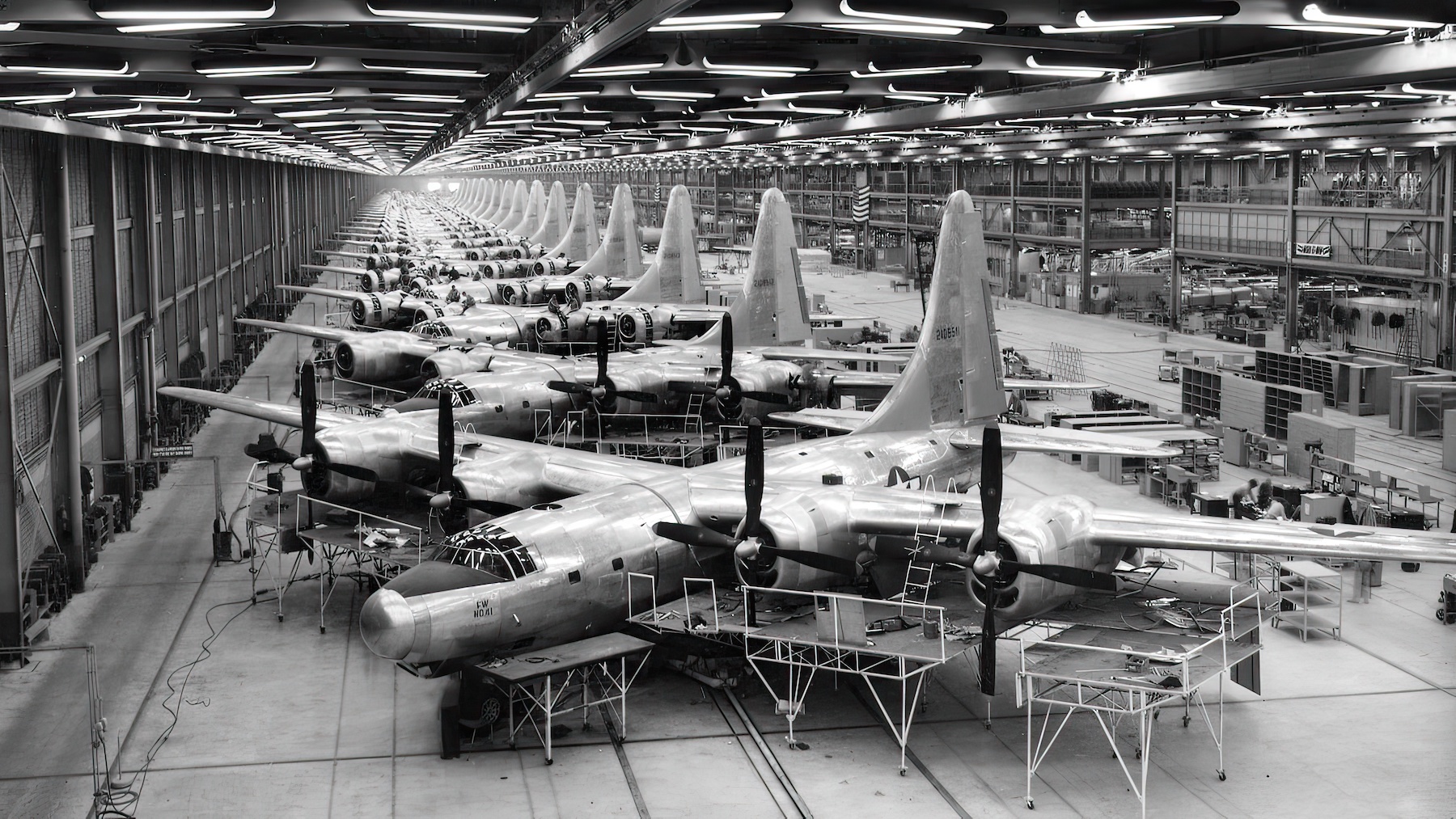
A backup for the B-29
Boeing B-29 Superfortress was such a complex project for its time that initially there was no confidence that it would succeed. The Department of Defense figured they’d rather have a plan B, just to be on the safe side.
So, although Boeing won the design competition, DoD also greenlighted Consolidated’s model as a backup project, signing contracts for the two super bombers on the same day. After undergoing numerous changes to the initial design—which strongly resembled the B-24 Liberator—the first production B-32 rolled off the line in September 1944.
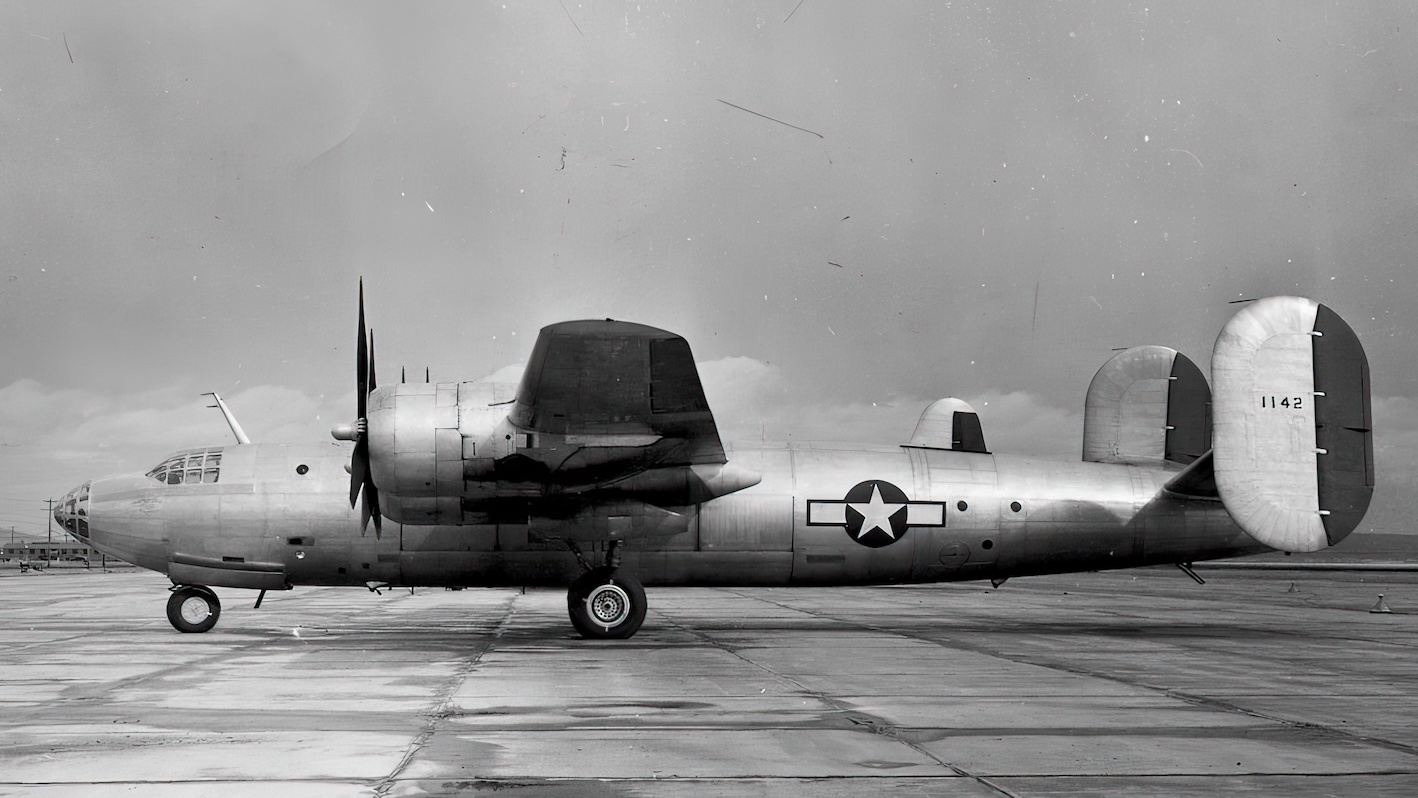
Not quite the Superfortress
Intended for the same purpose and built to the same specifications, B-29 and B-32 shared many similarities, including comparable bomb load and armament. Most importantly, they were both powered by four Wright’s 2,200 hp R-3350-23 radial piston engines. So, just as was the case with the B-29, the development and testing process of the B-32 was plagued with engine fires.
Initially, the Dominator featured remote-controlled gun turrets and a pressurized cabin, just like the B-29. However, due to issues with both pressurization and remote-controlled turrets, none of these features made it into the production variant. Given these nuisances and the ultimate success of the B-29, the Dominator was destined to remain in the shadow of the Superfortress.
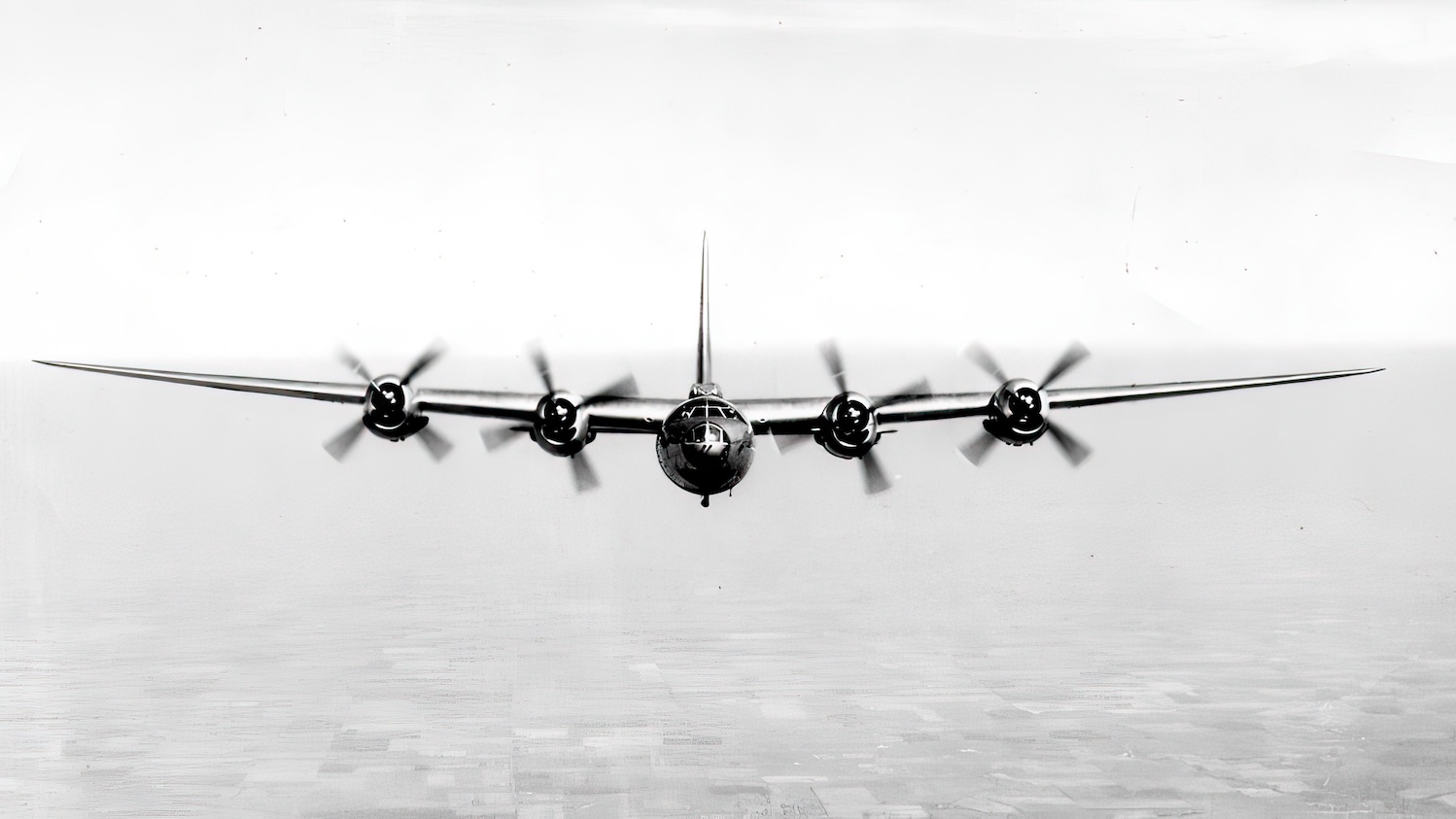
First combat missions
In the spring of 1945 first B-32s were assigned to the USAAF’s 386th Heavy Bombardment Squadron. Dominator crews flew their first combat mission on May 29. Taking off from Clark Field on Luzon Island, Philippines, they headed to the northeast of the island to attack a Japanese Army depot in the Cagayan Valley. Within the next month they flew several more combat missions against targets on Formosa.
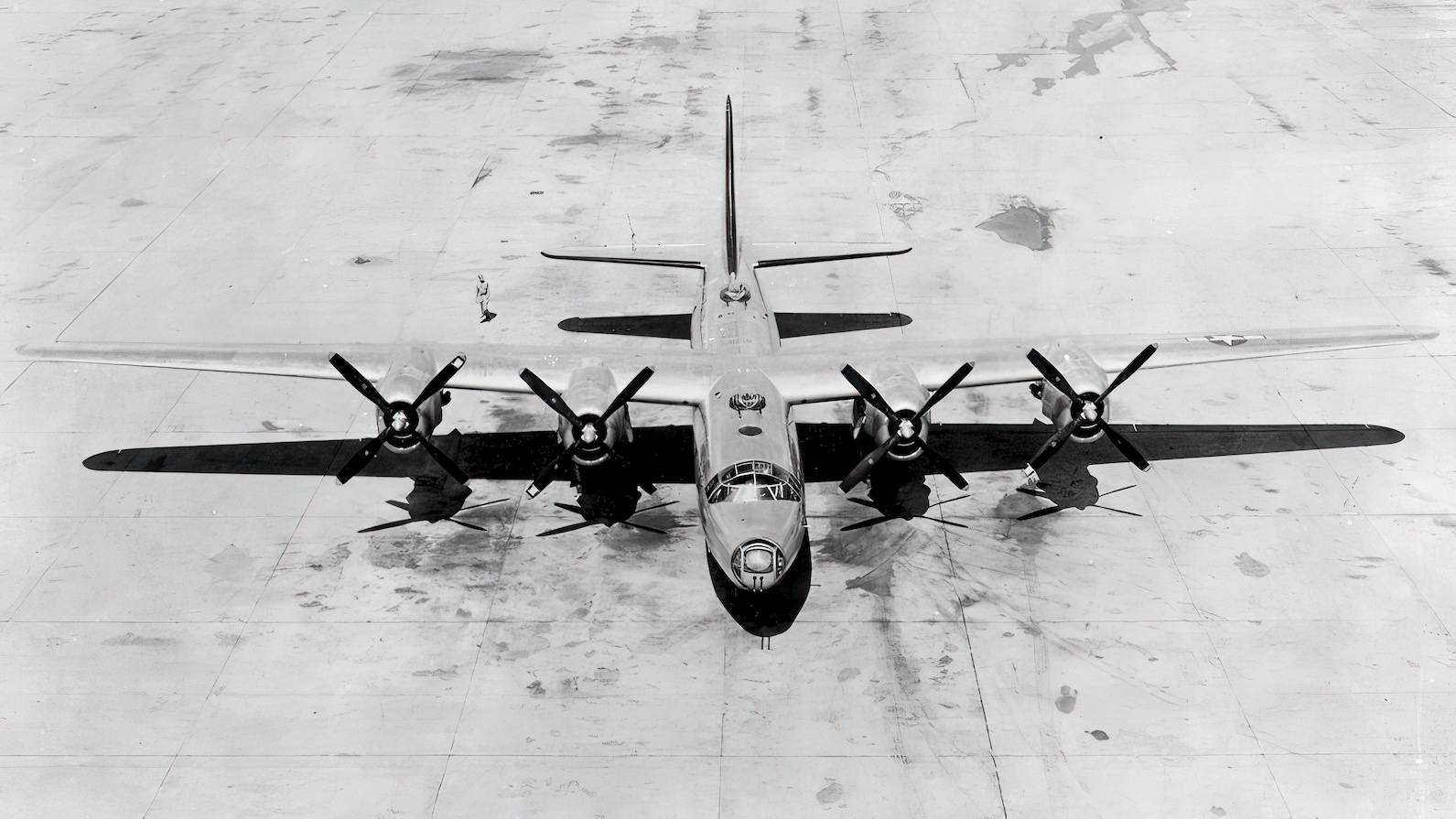
Caught in between war and peace
On August 15, 1945, Japanese Emperor Hirohito announced readiness to accept the terms for his country’s surrender set by the Allies in the Potsdam Declaration. That effectively meant that the war was over. However, the official ceremony aboard USS Missouri took place only two weeks later. As it often happens with wars, first days after the announcement of surrender were a time of confusion fraught with dangerous incidents.
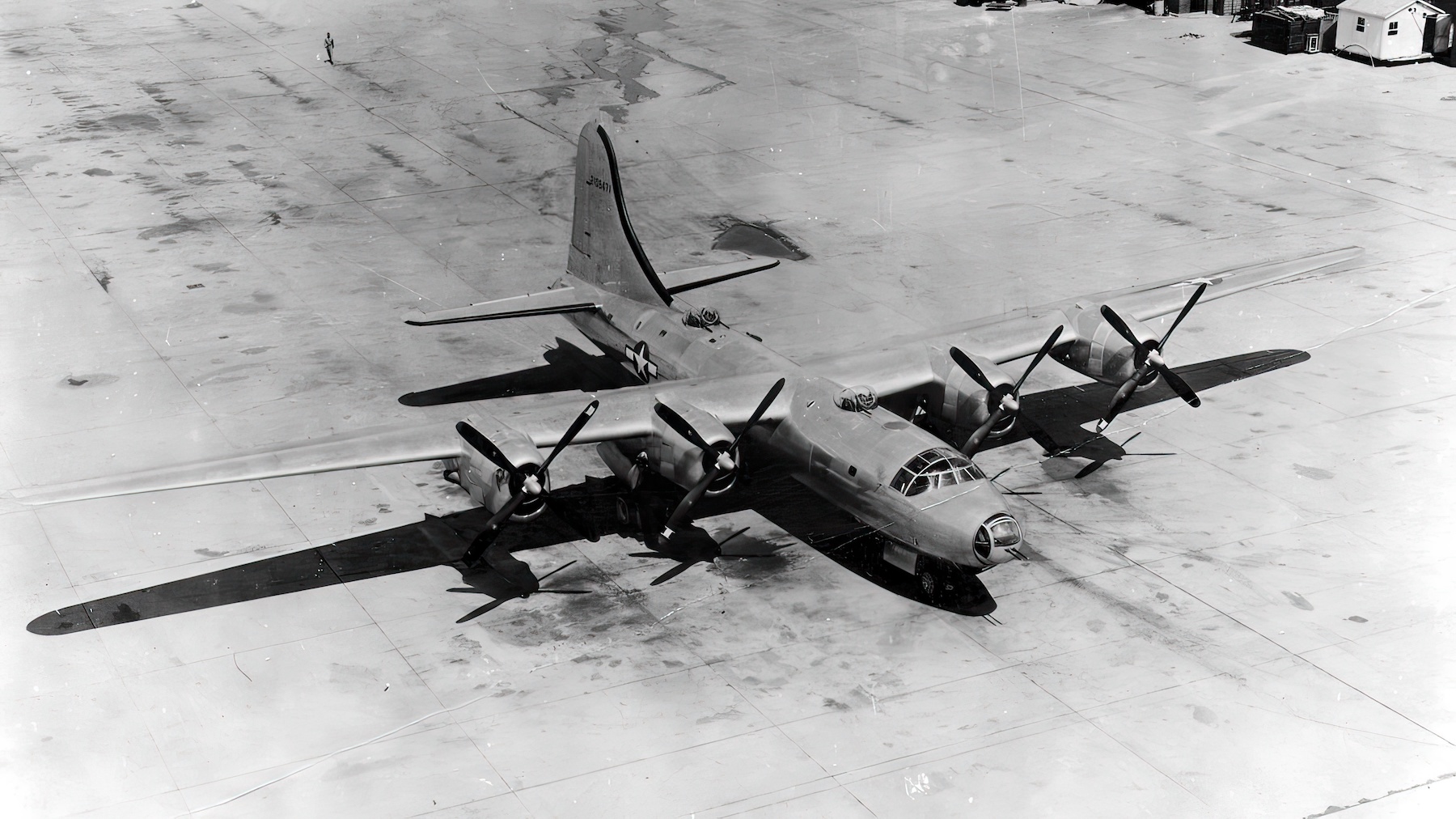
Meanwhile, the B-32s, now based on Okinawa, were flying photographic reconnaissance missions over Japan to monitor Tokyo’s compliance with the ceasefire and locate POW camps. Despite the announced surrender, on August 17, Dominators encountered several rogue Japanese fighters. Luckily, they did little damage to the B-32s.
A particularly hot aerial battle took place the next day, when two B-32s were attacked by over a dozen enemy fighters over Yokosuka. Several B-32 crewmembers, including photographer SSgt. Joseph Lacharite were badly injured. Lacharite’s assistant, 19-year old Sgt. Anthony Marchione died of his wounds on the way back to Okinawa, becoming the last US serviceman to die in aerial combat during WWII.
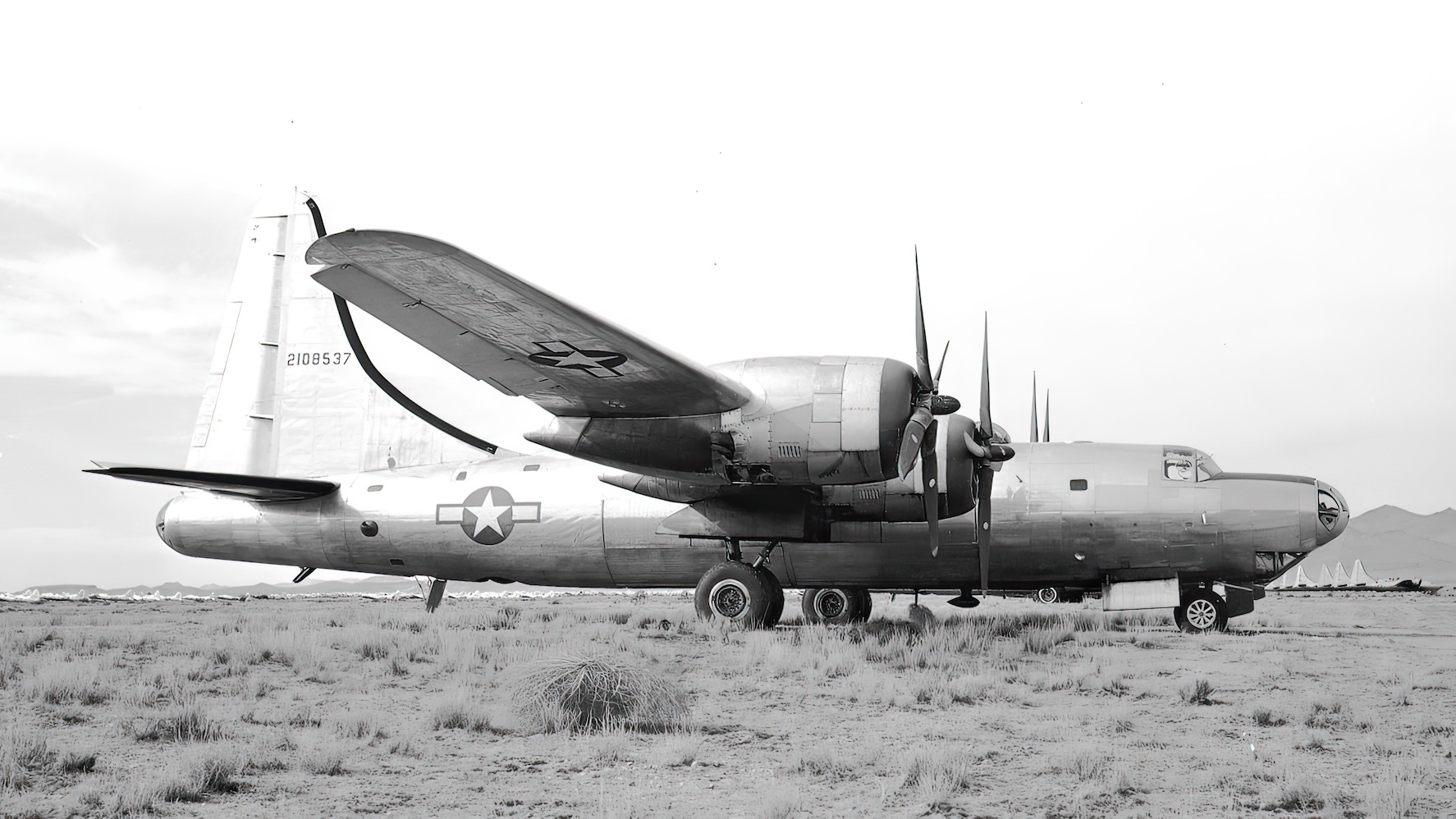
Gone almost without a trace
The production of B-32 was halted in October 1945. Although the USAAF had initially placed an order for 1,500 Dominators, only 118 aircraft were actually produced. Just 15 of those were ever combat deployed, and 40 more, designated TB-32, were used for training.

The rest of Dominators headed to the scrapyard right from the factory line. Sadly, not a single airframe has been preserved. Still, some surviving B-32 parts are scattered among museums and private collections.

